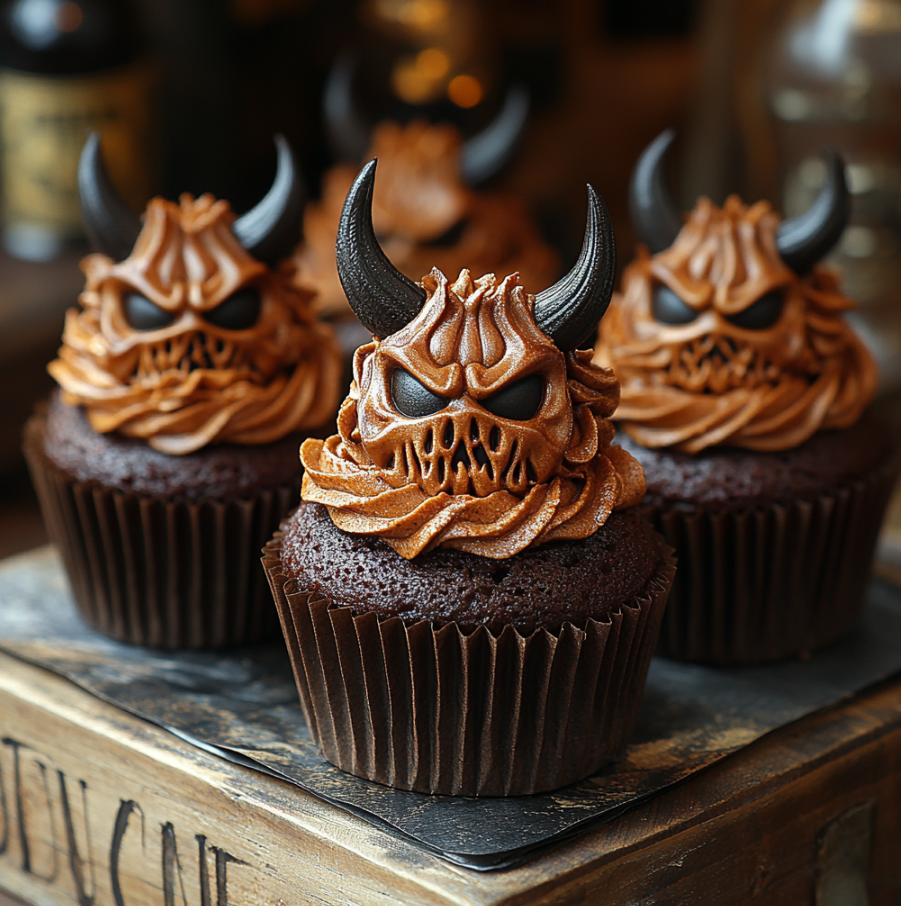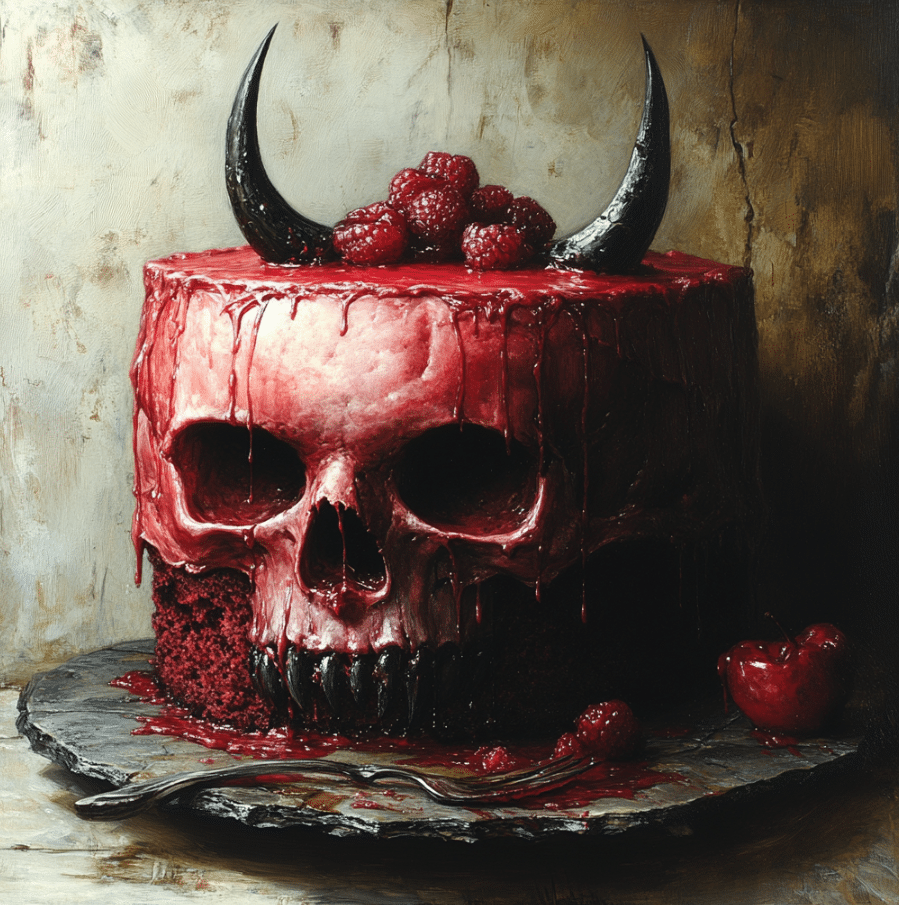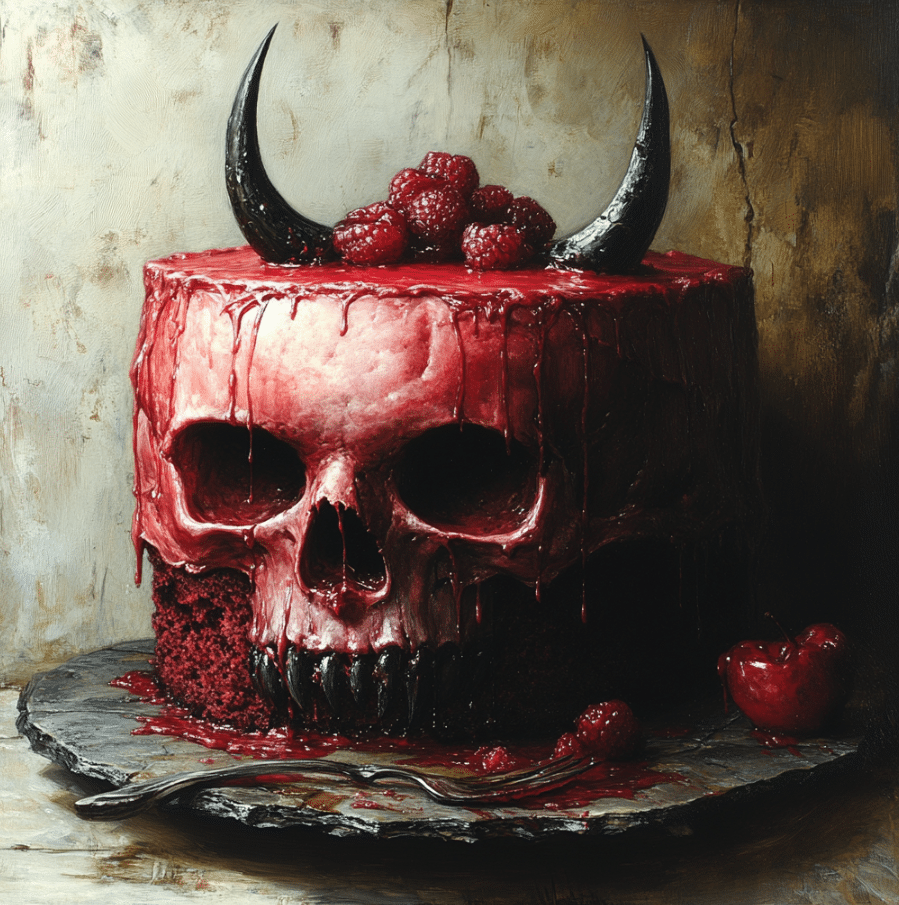Devil’s Food Cake is a dessert known for its rich, intense chocolate flavor, and dark color. But why is this cake, a favorite among chocolate lovers, associated with the devil? The origins of the name are just as intriguing as the cake itself, and the history behind it adds even more depth to this indulgent dessert.
- Introduction to Devil’s Food Cake
- Historical Background of Devil’s Food Cake
- Ingredients that Define Devil’s Food Cake
- How the Name Reflects Indulgence
- Evolution of the Recipe Over Time
- Devil’s Food Cake in Popular Culture
- Common Variations of Devil’s Food Cake
- The Symbolism and Psychology of the "Devil" Label in Food
- FAQs
Introduction to Devil’s Food Cake
This iconic cake stands out with its bold name and decadent flavor. Its deep, chocolate-rich taste and luxurious texture make it a popular choice for anyone looking for something indulgent. But it’s not just the taste that intrigues people—the name Devil’s Food Cake raises questions about its origins and symbolism.
Why the devil? The answer lies in the cake’s historical and cultural context, where indulgence and sin were often intertwined. Cakes like this were considered almost “forbidden” due to their rich ingredients, which led to the association with the devil.

Historical Background of Devil’s Food Cake
The term Devil’s Food Cake first emerged in American kitchens in the late 19th century, when chocolate was becoming a more common ingredient in baking. The cake’s name likely came from its sinful richness and dark color, setting it apart from other, lighter cakes, such as Angel Food Cake.
For a more detailed history of how this cake got its devilish name, check out this article on History of Devil’s Food Cake.

The Contrast with Angel Food Cake
One reason for the name’s staying power is the contrast between Devil’s Food Cake and Angel Food Cake. While Angel Food Cake is light, fluffy, and airy—evoking purity—Devil’s Food Cake is dark, rich, and dense. This symbolic opposition played into societal views on indulgence and temptation, with Angel Food representing innocence and Devil’s Food symbolizing sinful indulgence.
Learn more about the debated origins of the cake’s name in this Debated Origins of Devil’s Food Cake.
Ingredients that Define Devil’s Food Cake
What makes Devil’s Food Cake distinct is its use of specific ingredients that amplify its rich flavor and dark color. These ingredients include:
- Dark chocolate or cocoa powder
- Molasses or beetroot (in traditional recipes) for added moisture and color
- Baking soda, which enhances the cake’s lightness despite its richness
These ingredients combine to create a cake that is rich in flavor and texture, giving it the “devilish” reputation it has maintained over the years.

How the Name Reflects Indulgence
The name Devil’s Food Cake is as much about the cake’s indulgent nature as it is about its ingredients. During the 19th and early 20th centuries, rich and luxurious foods were often seen as indulgent—sometimes even sinful. This cake, with its intense chocolate flavor and dark color, was considered so rich that it seemed almost forbidden.
Marketers capitalized on this concept, and the cake’s name helped establish it as a dessert meant for those seeking to indulge in something decadent. The contrast between “angelic” light cakes and “devilish” dark ones only furthered its appeal.
Evolution of the Recipe Over Time
The recipe for Devil’s Food Cake has evolved since its inception. Early recipes called for ingredients like molasses or even beetroot to enhance the cake’s moisture and give it a deep, reddish hue. Today, bakers often use cocoa powder or melted chocolate to achieve the cake’s signature flavor and color.
Despite these changes, the essence of the cake remains the same—it’s still a rich, chocolate-forward dessert that’s perfect for those who love indulgent flavors.
Devil’s Food Cake in Popular Culture
Devil’s Food Cake has become more than just a dessert—it’s a cultural icon. It has appeared in countless movies, TV shows, and even literature as a symbol of indulgence and temptation. This cake is often portrayed as the ultimate sinful dessert, making it a go-to choice for those looking to indulge their sweet tooth.
In modern cuisine, chefs have taken the traditional recipe and added their twists, using gourmet chocolates and innovative baking techniques to elevate this classic dessert.
Common Variations of Devil’s Food Cake
Over the years, bakers have developed several variations of Devil’s Food Cake, including:
- Layered Devil’s Food Cake: Often paired with rich chocolate or cream cheese frosting.
- Cupcake versions: Miniature versions of the cake that are perfect for single servings.
- Vegan adaptations: Made with cocoa powder and plant-based ingredients to appeal to a broader audience.
Each of these variations maintains the cake’s core appeal—its rich, chocolatey flavor and moist texture.
The Symbolism and Psychology of the “Devil” Label in Food
Labeling a dessert as “devilish” taps into the psychology of indulgence. The idea of something being “forbidden” or “sinful” enhances its appeal, making people want to indulge even more. Devil’s Food Cake is a prime example of how marketers use symbolism to create allure around certain foods, making them seem more tempting.
FAQs
Why is it called Devil’s Food Cake?
The name Devil’s Food Cake comes from the cake’s rich, dark flavor and indulgent nature. Its intense chocolate flavor, combined with its dark color, gives it a “sinful” reputation, hence the association with the devil.
What’s the difference between Devil’s Food Cake and chocolate cake?
Devil’s Food Cake typically has a deeper, richer chocolate flavor than regular chocolate cake. It often uses baking soda, which makes it lighter in texture, while traditional chocolate cake tends to be denser.
What gives Devil’s Food Cake its red color?
Historically, the red color in Devil’s Food Cake came from a chemical reaction between the cocoa powder and baking soda. In some recipes, beetroot or molasses was used to enhance the color.
Is Devil’s Food Cake still popular today?
Yes, Devil’s Food Cake remains a favorite, particularly for those who love rich, chocolatey desserts. With modern twists and adaptations, it continues to be a popular choice for cake lovers around the world.

